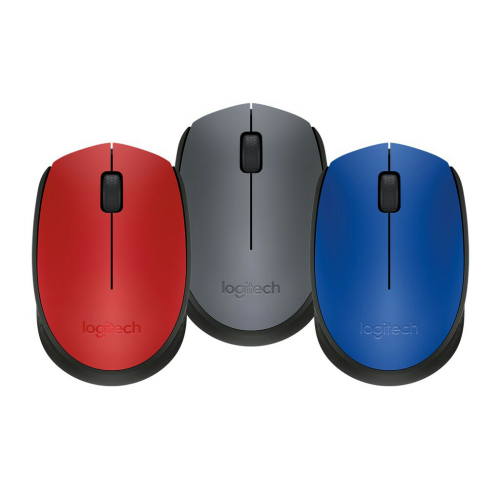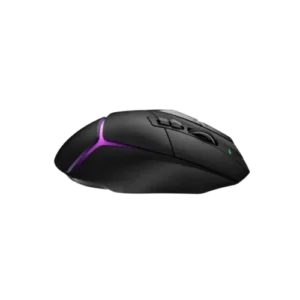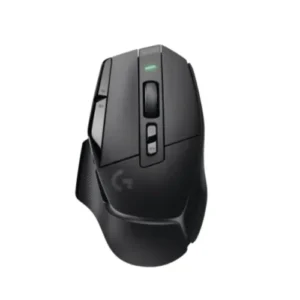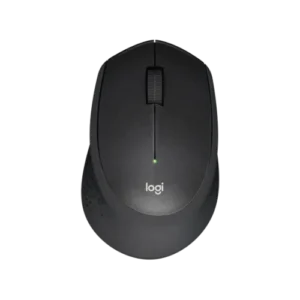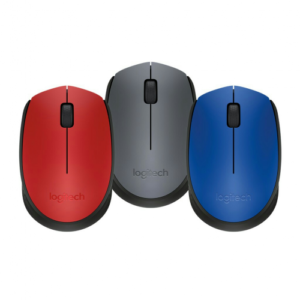The USB Receiver and Its Role in Mouse Functionality
The USB receiver is a critical component in the realm of wireless mouse technology, serving as the bridge for communication between the mouse and the computer. Essentially a small hardware device that connects to the USB port of a computer, the USB receiver allows the mouse to function without the constraints of wires, which enhances usability and convenience. This functionality is particularly valued in environments where space is limited or where a clean, clutter-free workspace is desired.
One of the primary characteristics of USB receivers is their portability. Their compact design ensures that users can easily transport their wireless mice along with the receiver, promoting a seamless transition from one workstation to another. Unlike wired connections, which often require a set location due to cable length and routing, the use of a USB receiver allows for a flexible setup, accommodating various user preferences and working environments.
In terms of technological specifications, USB receivers typically operate within specific frequency ranges. Commonly, they utilize the 2.4 GHz band, which is noted for its reliability and range. However, as the number of devices operating within this frequency increases, users may experience interference. Such interference can lead to latency, which in turn affects the overall responsiveness of the mouse. To mitigate these issues, modern USB receivers often come equipped with technology that automatically switches frequencies to maintain a strong connection. This adaptability enhances the durability of wireless communications, ensuring that performance is optimized even in crowded environments full of competing signals.
Moreover, the ease of connecting a USB receiver significantly contributes to the mouse’s appeal; typically, users can plug in the receiver and start using the device almost immediately without extensive setup procedures. This combination of features solidifies the USB receiver’s position as a vital aspect of wireless mouse technology, facilitating efficient operation and enhancing the overall user experience.
Optical Tracking and Button Configuration: Enhancing User Experience
Optical tracking technology revolutionizes mouse functionality by utilizing an optical sensor, which detects movement across a surface using a light source, typically LED. This approach replaces traditional mechanical tracking mechanisms, such as ball-based systems, which are prone to wear and require more maintenance. The precision of optical sensors ensures that users experience minimal lag and enhanced responsiveness, making it an ideal choice for various applications including everyday computing, gaming, and graphic design. The absence of moving parts in optical sensors contributes to their durability, providing a reliable user experience over time.
The workings of an optical sensor involve the emission of light that reflects off the surface beneath the mouse. The sensor then captures this reflection to analyze movement and translate it into cursor movement on the screen. This technology benefits users by offering superior tracking capabilities on a wide array of surfaces, from wood to fabric, contrary to the limitations faced by traditional mice. The optical method provides better accuracy, which is particularly essential in high-stakes environments like gaming or detailed graphic design work where precise movements are critical.
Alongside optical tracking, the typical USB mouse configuration features three main buttons—left, right, and middle. The left button primarily serves as the main selection tool, allowing users to click, highlight, and interact with items on their screens. The right button generally provides context-sensitive options, such as opening context menus and secondary actions. The middle button, often incorporated as a scroll wheel, enhances navigation through content by allowing users to scroll smoothly through lengthy documents or web pages. These functionalities collectively enhance the overall user experience, irrespective of the specific usage scenario, facilitating a seamless interaction between the user and the device.
